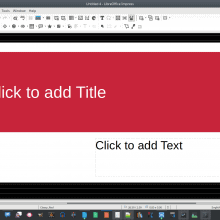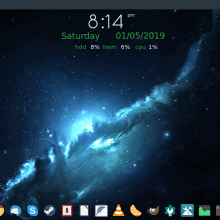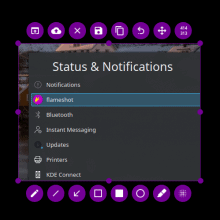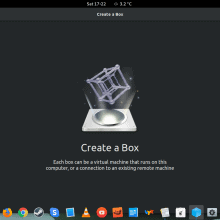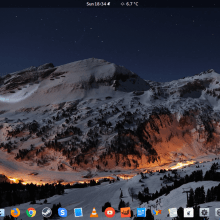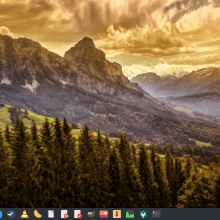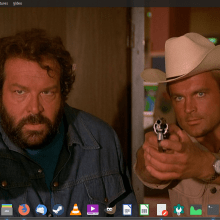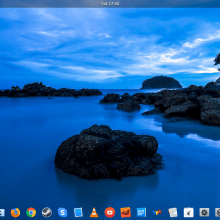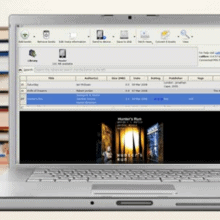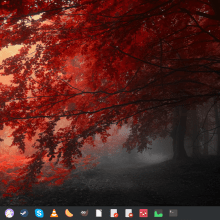LibreOffice 6.2 – de oppresso liber officium
The world of documents, spreadsheets and presentations is roughly divided into two. There’s Microsoft Office, and then, there’s everything else. In the second bunch, LibreOffice features prominently, often touted as a free alternative, with a wealth of tools, options and features. I am a mostly happy user myself, although I’ve never been able to fully commit…
Continue reading →